

Achieving the SDGs Initiatives
To solve global environmental and social issues,
We contribute to the achievement of the SDGs (Sustainable Development Goals) through our business activities.
Sustainability Activities of the Taiyo Kogyo Group

Taiyo Kogyo and the companies of the Taiyo Kogyo Group are sincerely addressing the various issues facing the world and continuing to take on the challenge of realizing a sustainable society.

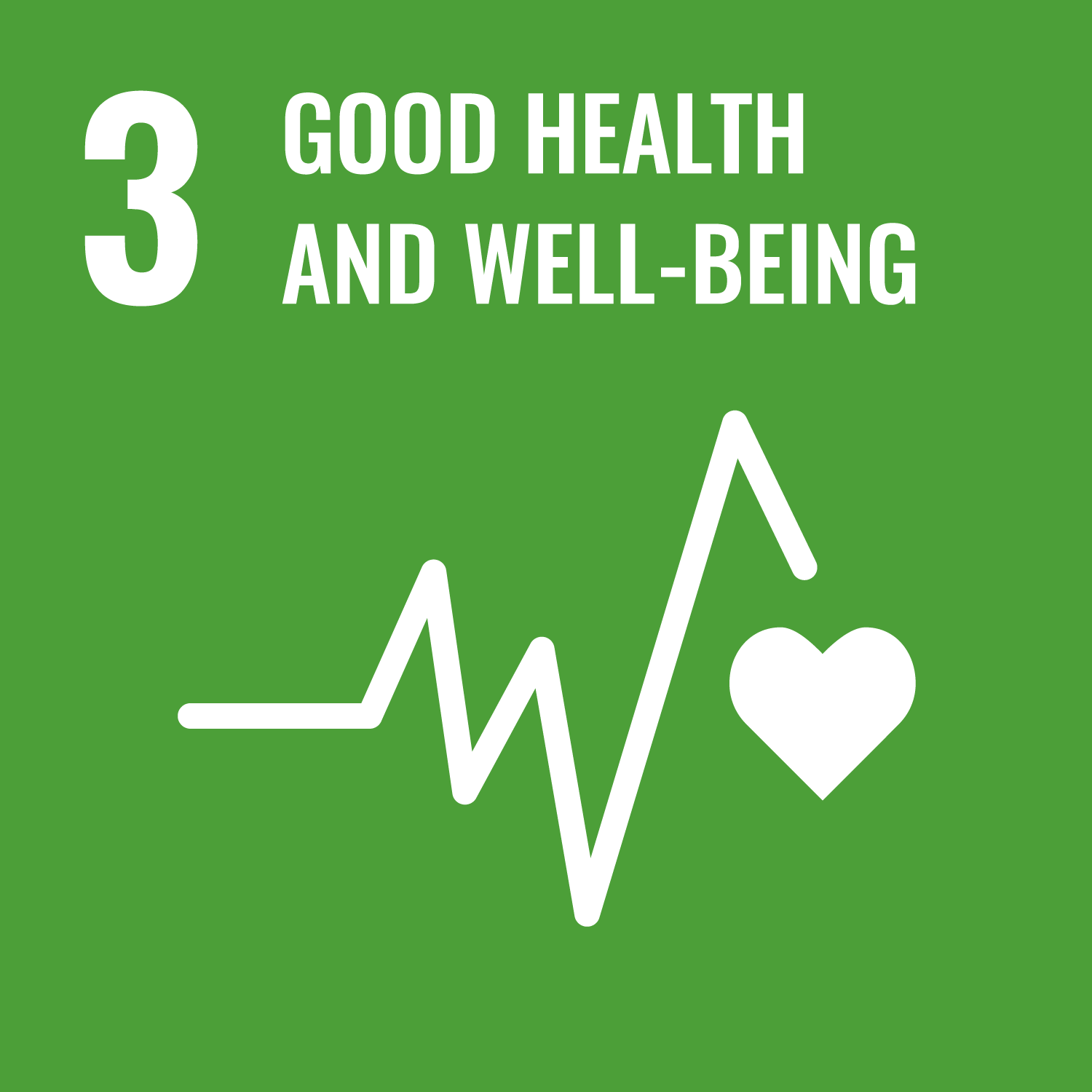


Efforts to Achieve Goal 3
Research on Health Promotion by Membrane Structural Environment
We are researching the relationship between sunlight transmitted through membrane materials and health promotion from various angles. Utilizing the efficacy and effectiveness derived from our research, we are creating more comfortable and healthier spaces in places where people spend time, such as welfare facilities, educational facilities, and office environments.

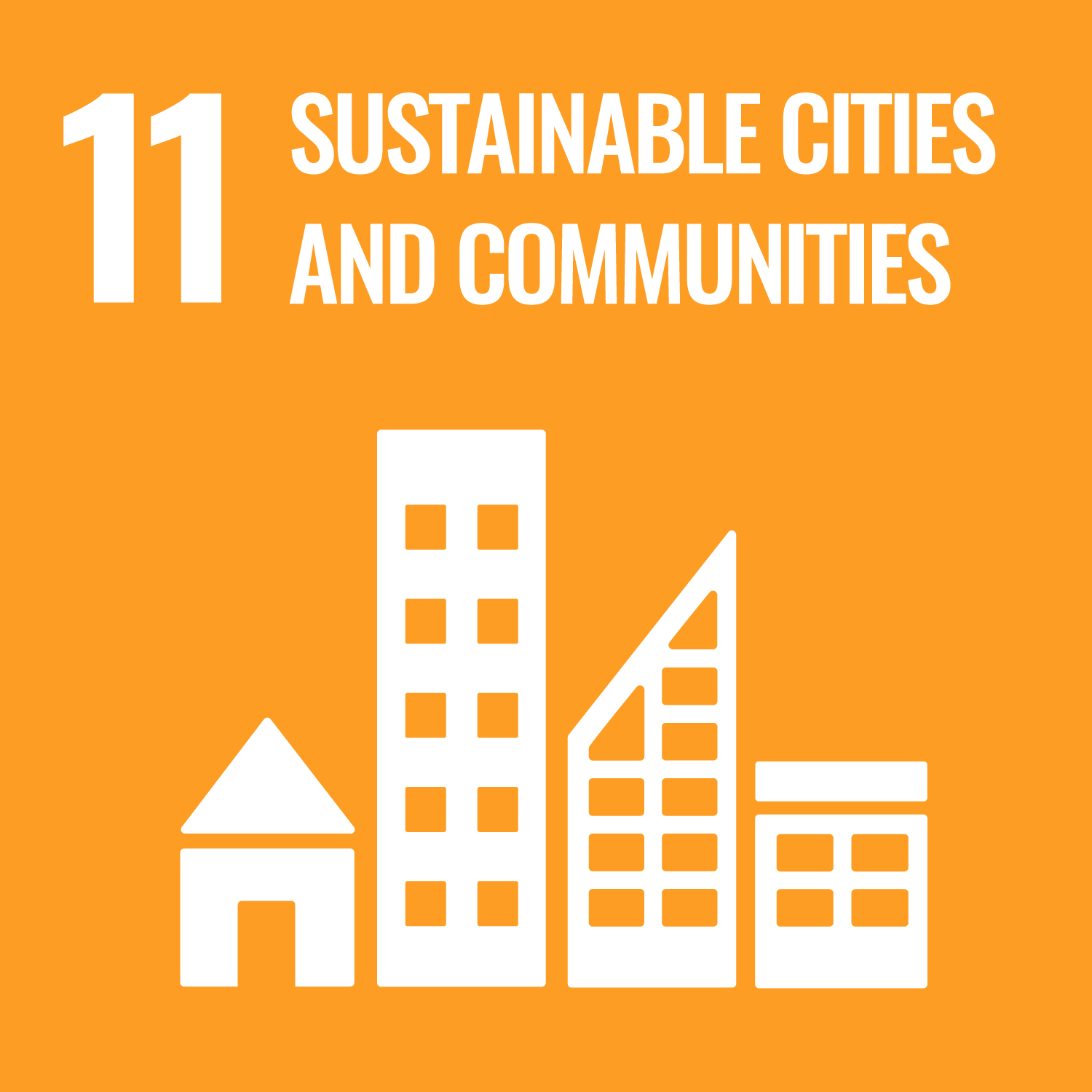


Efforts to Achieve Goal 11
Community Development for Safety and Security (Membrane Structures and Membrane Ceilings)
We are contributing to the creation of safe and secure communities by utilizing the characteristics of membrane materials, such as lightness, softness, and strength, to create buildings with high earthquake resistance. Membrane materials are lighter than other building materials. Since the vibration energy of an earthquake is proportional to the weight of the roof, the lightness of membrane materials increases the earthquake resistance of buildings. Because membrane ceilings are light, the possibility of a ceiling falling is low, and because membrane materials are soft, they are safe even in the unlikely event of a fall.

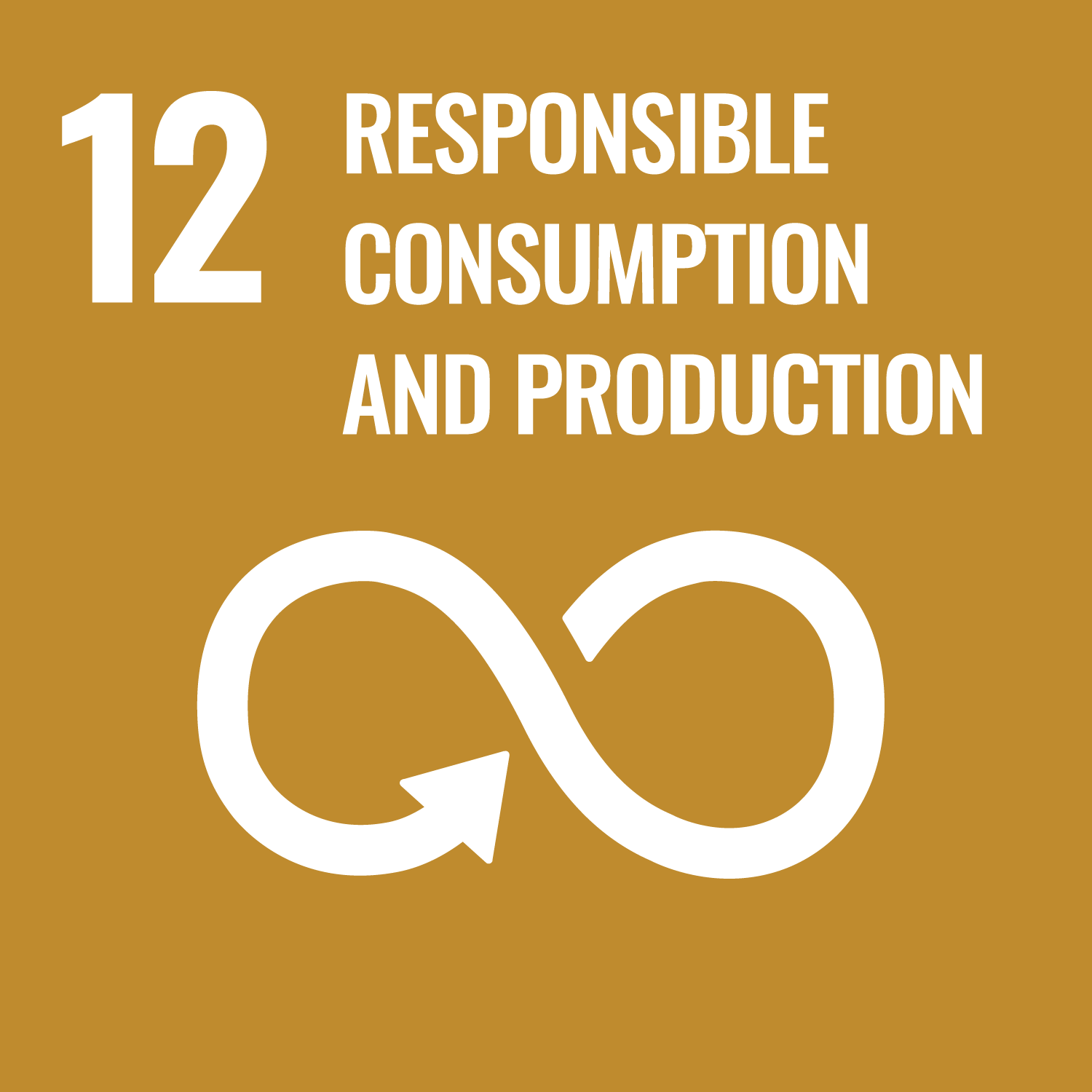


Efforts to Achieve Goal 12
Promoting sustainable resource recycling
We have developed a system to collect and recycle used products as effective resources to reduce environmental impact throughout the product life cycle (wide-area certification No. 227). Under this system, collected products are sorted and those that can be used as materials are recycled by specialized companies for material and chemical recycling. Those that cannot be used as materials are used as heat sources (e.g., for power generation) as thermal recycling. Through this recycling system, we aim for "resource recycling" that does not involve landfill.

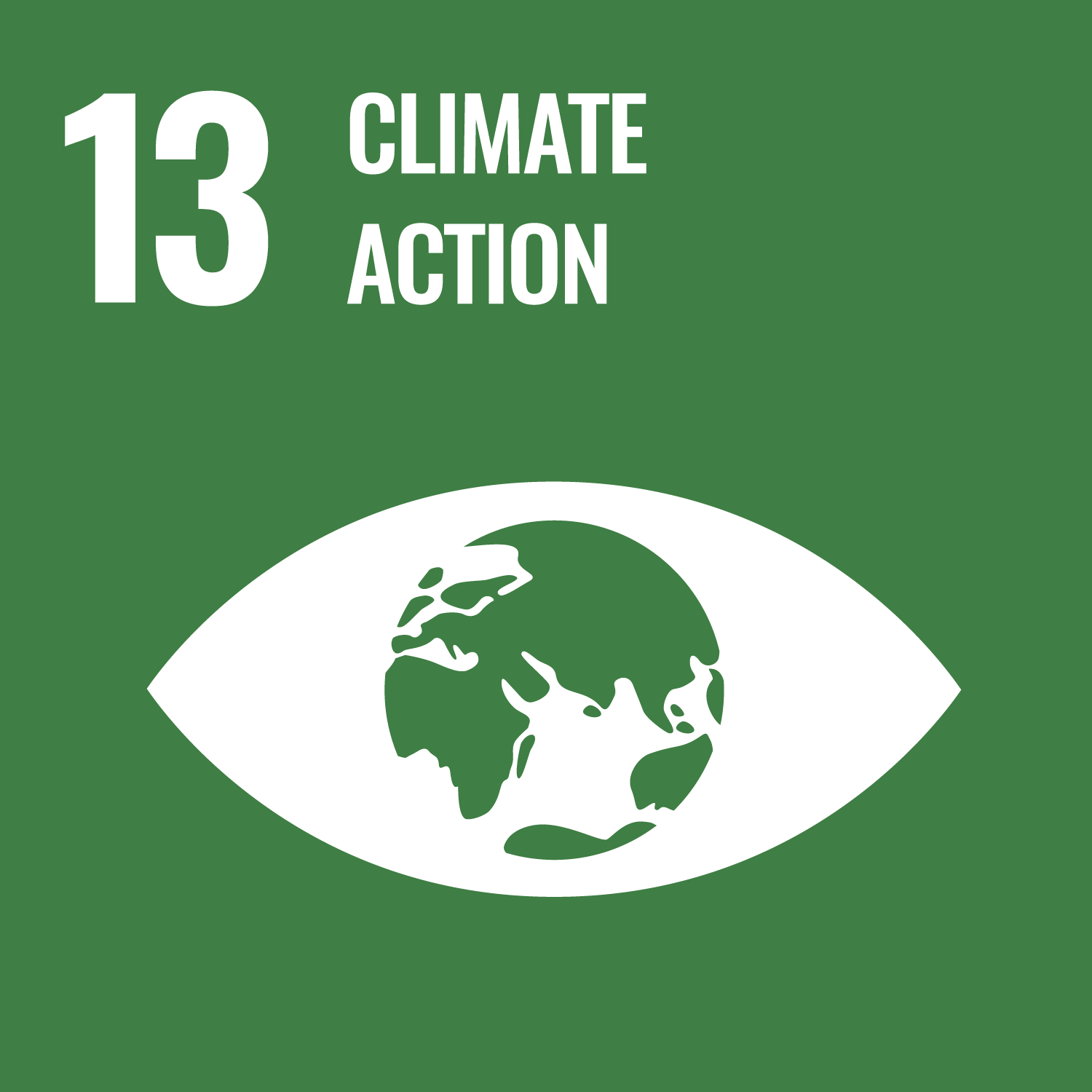


Efforts to achieve Goal 13
Photocatalytic film decomposes greenhouse gases
Photocatalytic membrane materials used in tents and other products have the ability to oxidize and decompose nitrogen oxides (NOx), a type of greenhouse gas, and purify the surrounding air.

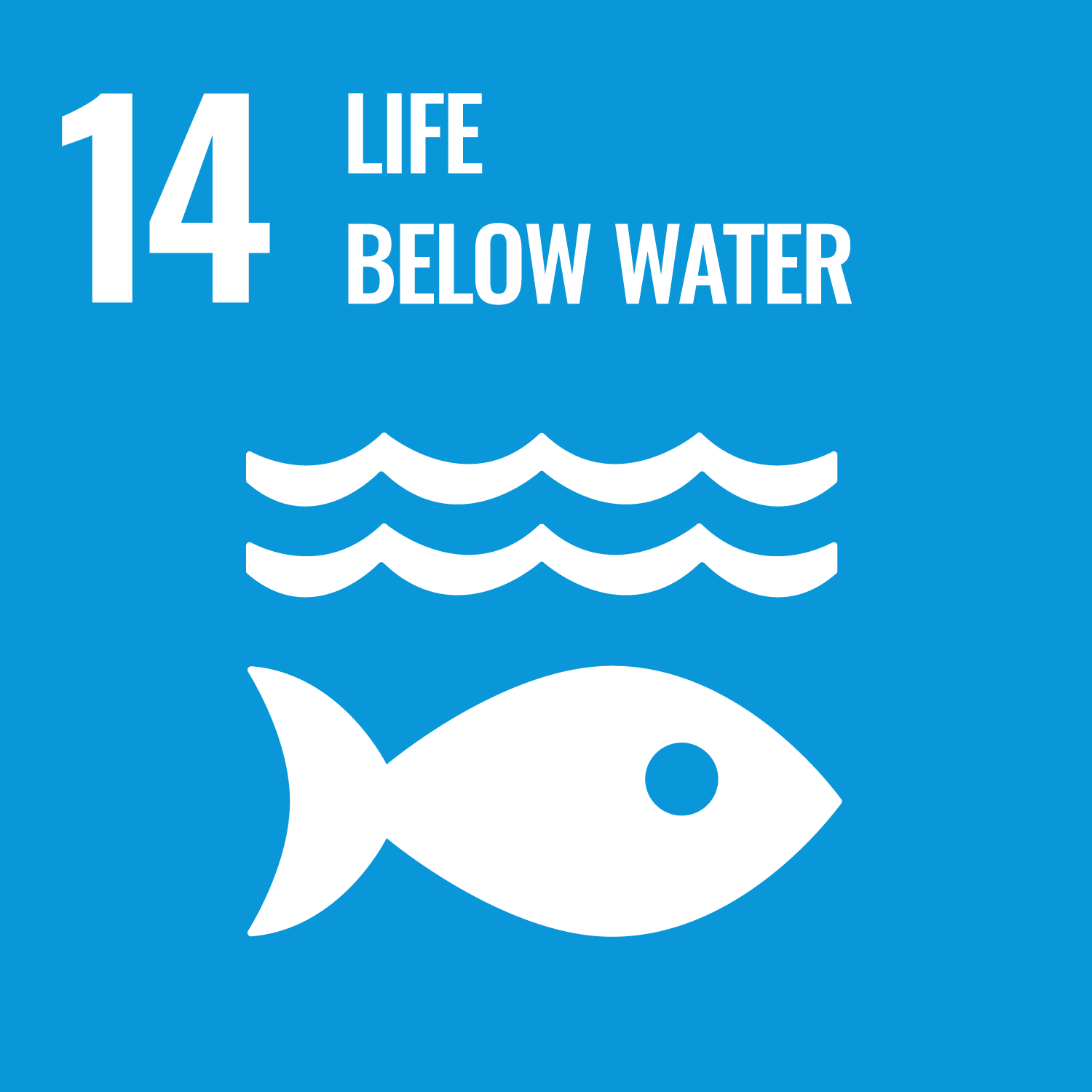


Efforts to achieve Goal 14
Protecting the Ocean with Anti-Pollution Membranes
Polluted water such as sludge, which spreads as a result of port and other water area construction, is a major obstacle to environmental preservation. The "Silt Protector," developed to prevent such pollution, can be installed in a wide range of conditions from calm waters to rough seas, preventing the spread of water quality deterioration and protecting the richness of the sea.

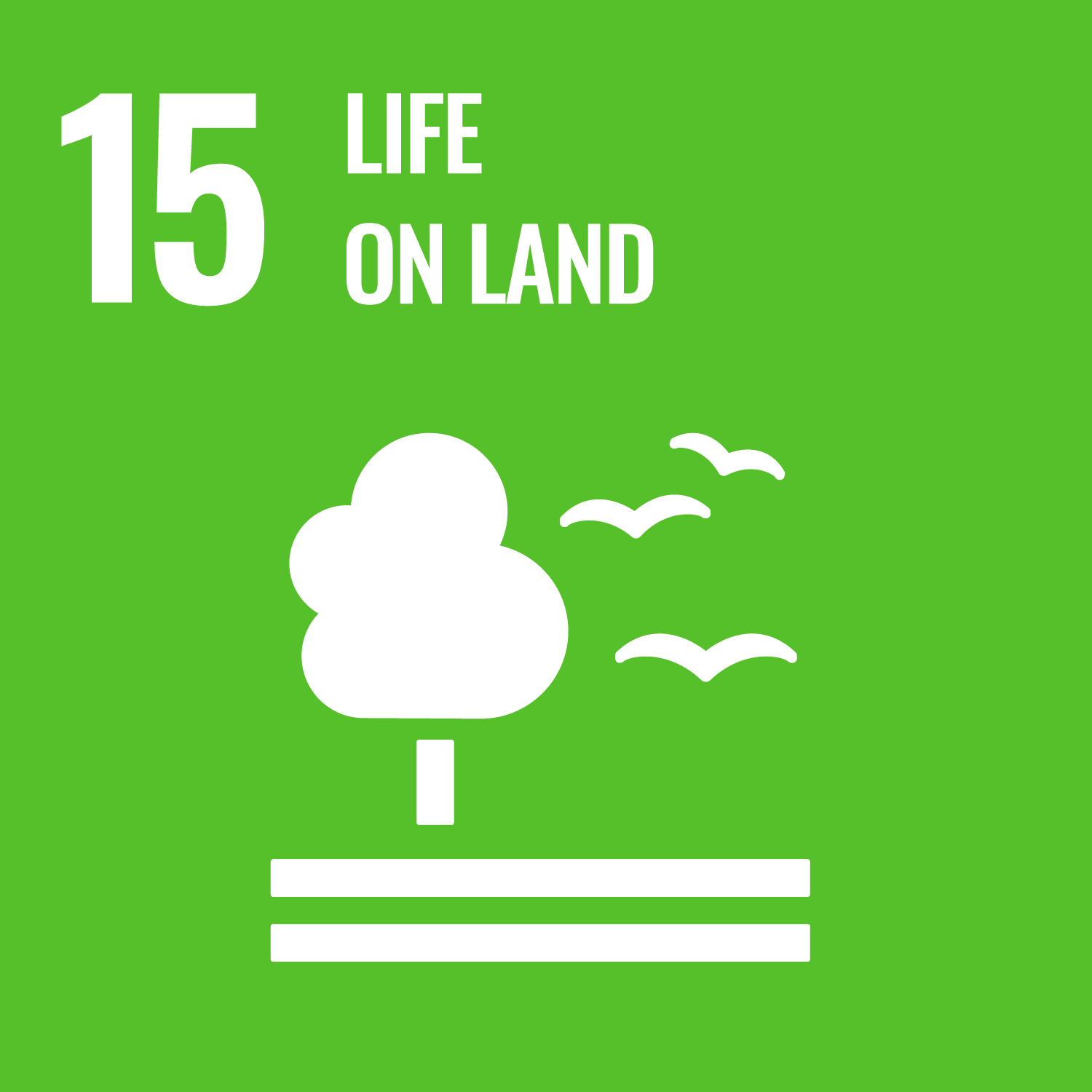


Efforts to Achieve Goal 15
Protecting Abundance at the Final Disposal Site
We contribute to soil safety and security with a rich variation of impervious construction. We make full use of global standard impervious sheets, which are used in 50 countries around the world for various applications, including final waste disposal sites, reservoirs, and detention ponds. They prevent pollutants generated by people's daily lives and industrial activities from spreading into the surrounding environment, thereby protecting the richness of the soil.

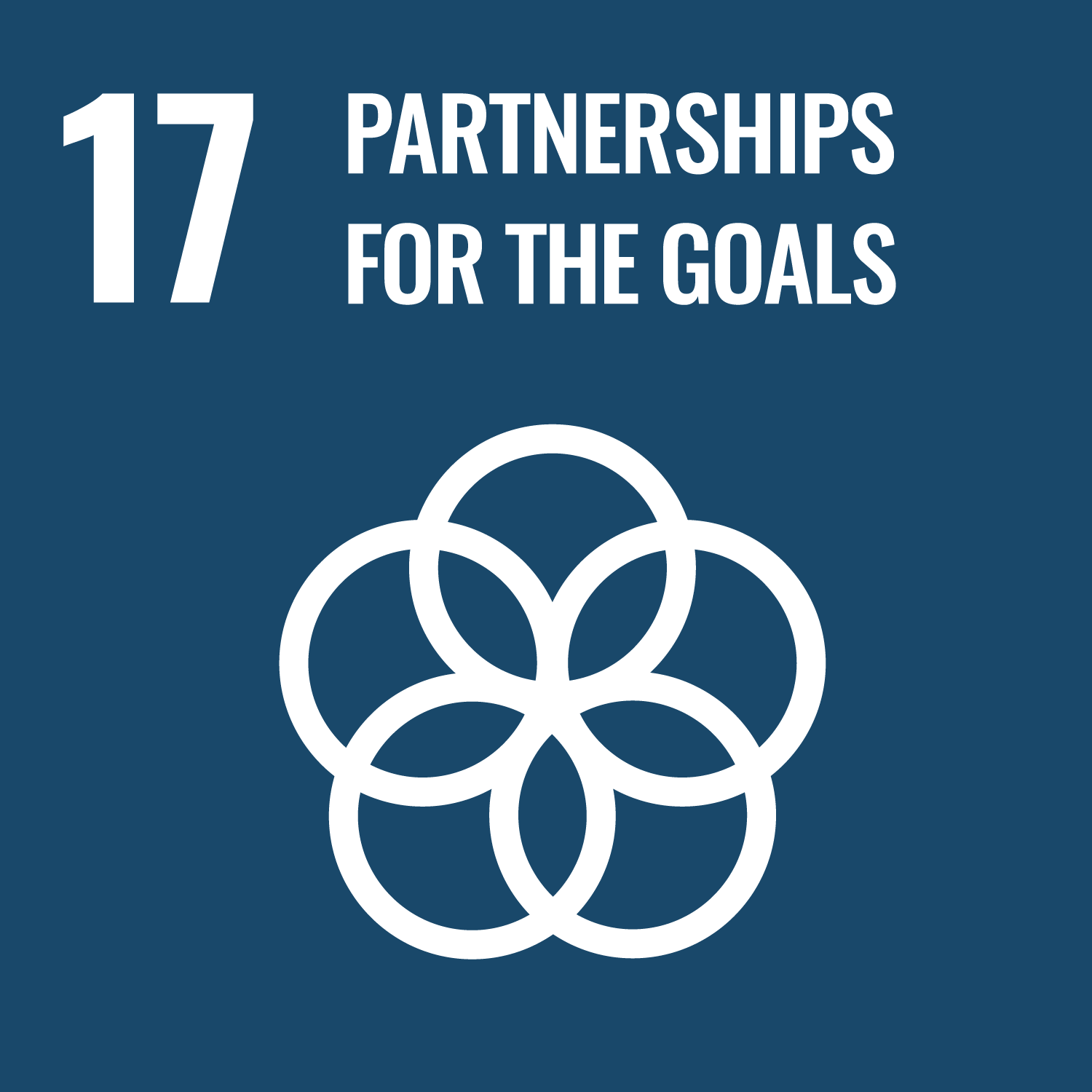


Efforts to Achieve Goal 17
New technology developed with investment from the European Union
We participated in a project in collaboration with six European companies regarding the fusion technology of organic PV and ETFE film. The project, which was funded by the European Union, aimed to create products with new value to the world by combining the technologies of each company.





